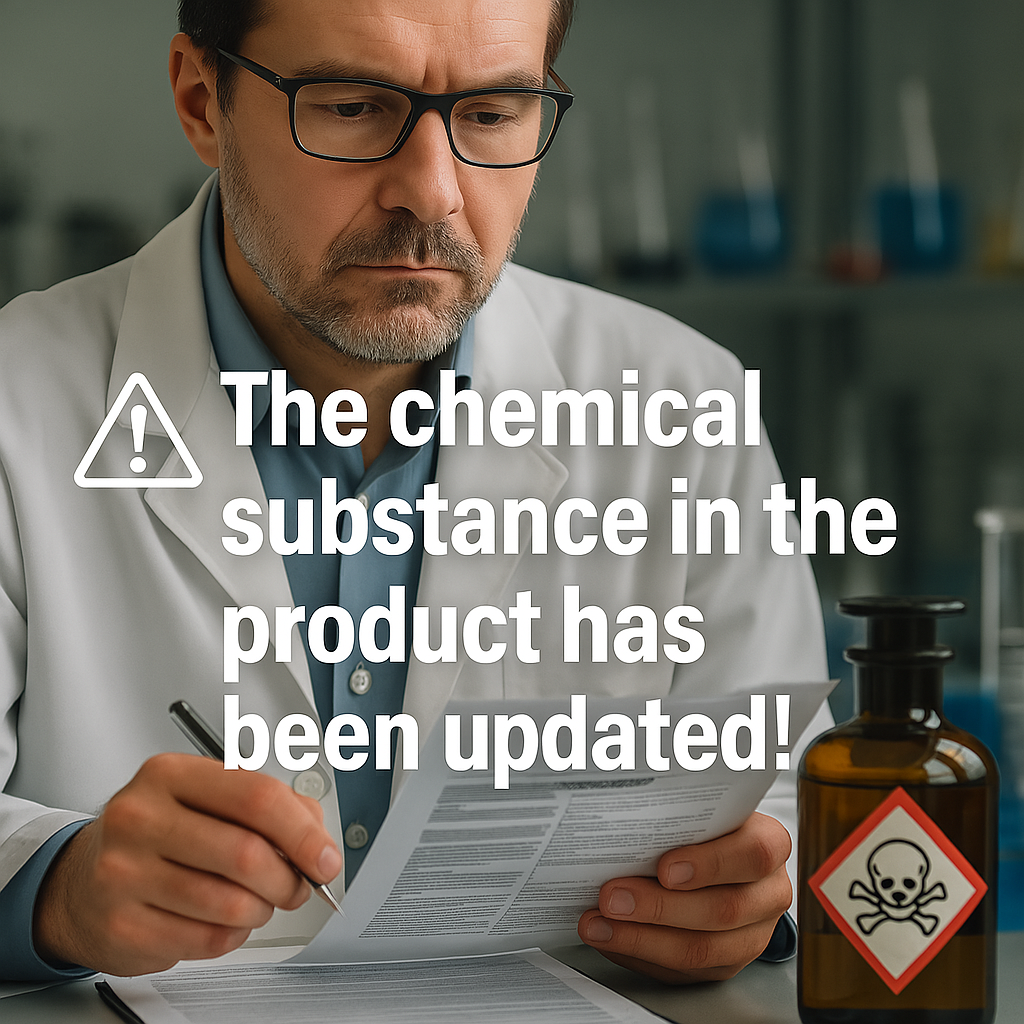Are You Ready to Implement the EU CLP's ATP 21 Update for Chemical Exports to Europe?
For companies exporting chemical products to the European Union, an important update is on the horizon: ATP 21 (Adaptation to Technical Progress 21) under the EU CLP Regulation (EC No 1272/2008) is coming into force. This technical adaptation ensures that the classification and labeling of chemical substances are updated in line with the latest scientific developments, aiming to enhance overall chemical safety.
ATP 21 – Commission Delegated Regulation (EU) 2024/197: Key Dates and Changes
Published: 3 May 2024
Effective Date: 1 February 2025
ATP 21 introduces several crucial changes that will impact chemical products:
- New CMR Classifications Added: Certain substances are now harmonized as carcinogenic, mutagenic, or toxic for reproduction (CMR). This brings stricter rules for managing the risks associated with these particularly hazardous chemicals.
- Revisions to Existing Classifications: Hazard categories for several previously classified substances have been re-evaluated based on new scientific data and subsequently upgraded to higher risk levels.
- Updates to GHS Pictograms and Hazard Statements (H-Statements): Labeling requirements have been updated. New signal words and pictograms are now mandatory, ensuring that labels provide clearer and more understandable safety information to consumers and workers alike.
- Expanded List of Banned Substances in Cosmetics: A significant change for the cosmetics industry is the prohibition of certain CMR substances in cosmetic products.
Industrial Impact: What Your Company Needs to Do Now
These updates bring significant responsibilities for companies exporting chemical products to European countries:
- Product labels and Safety Data Sheets (SDS/MSDS) must be updated in strict accordance with ATP 21. This is a fundamental and urgent step.
- The search for alternative substances may accelerate, especially within the cosmetic and broader consumer product sectors, as companies seek safer replacements for newly classified or banned chemicals.
- Employers must inform workers about new classifications and reassess protective measures. This includes reviewing chemical safety training programs and ensuring the adequacy of personal protective equipment.
Important Note: ATP 21 is a crucial update for all professionals involved in chemical safety. Companies must revise their SDS and labeling to ensure full compliance. Independent market inspections in Europe have a track record of imposing significant financial penalties for inaccurate documentation and labeling. Don't risk your brand's reputation—or compromise the safety of people and the environment—by delaying these essential updates.
